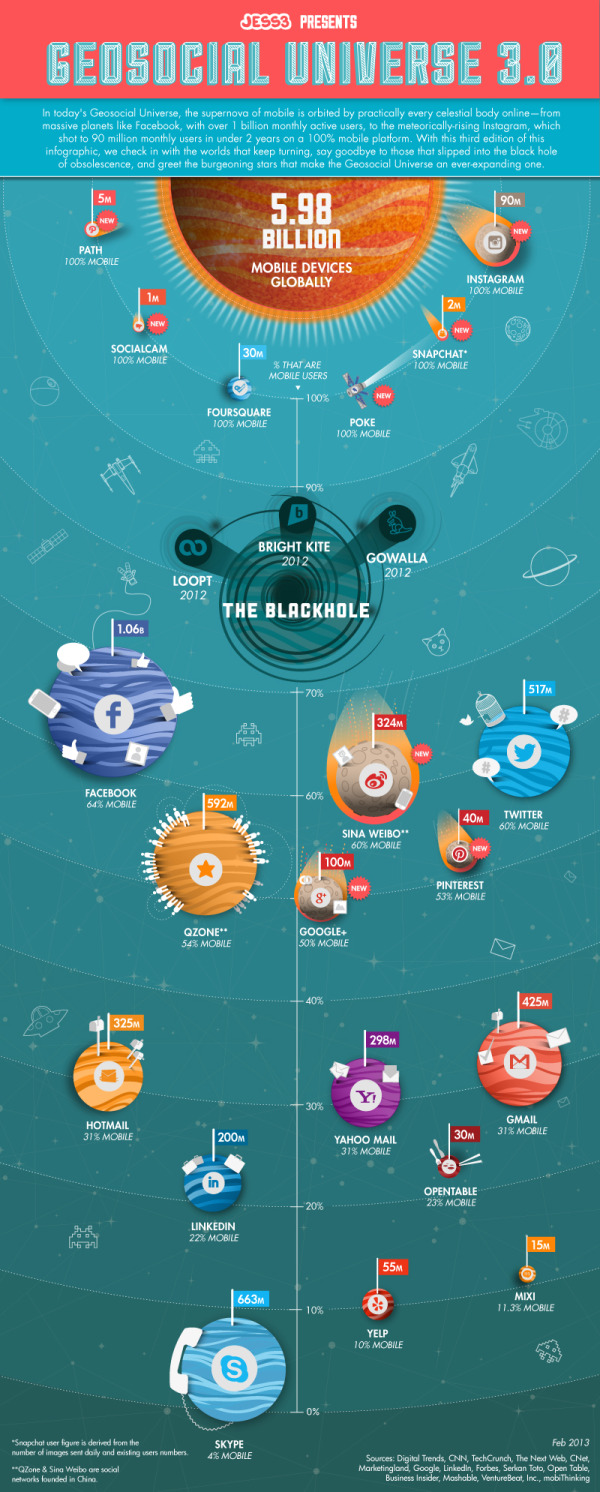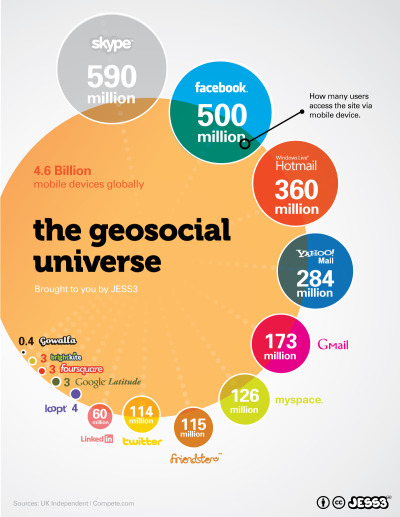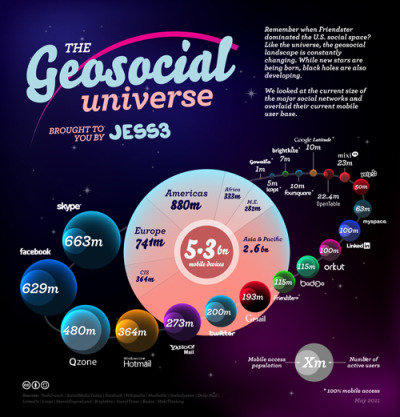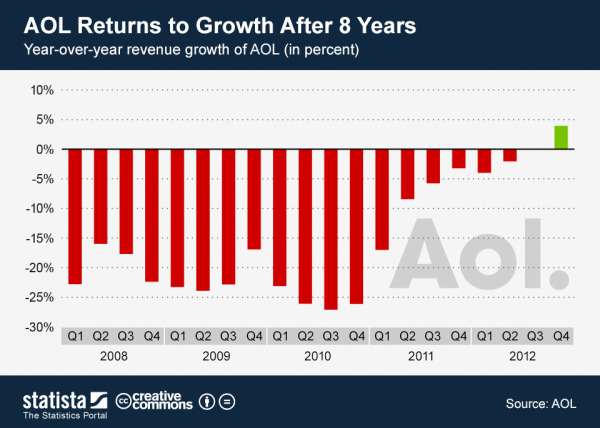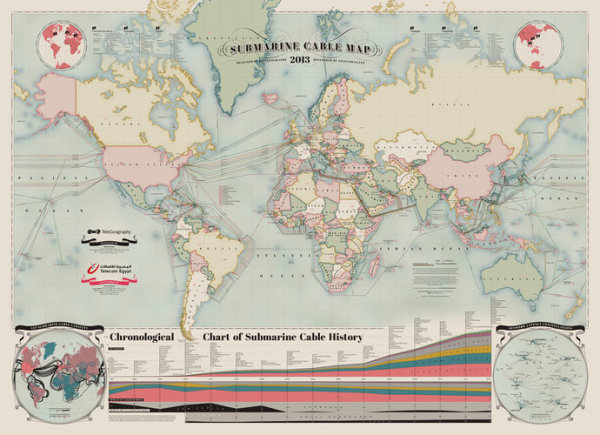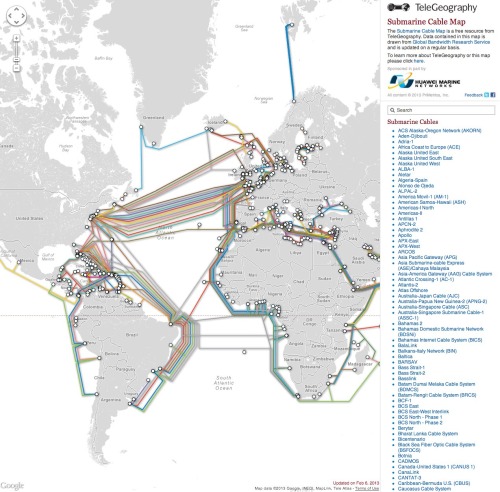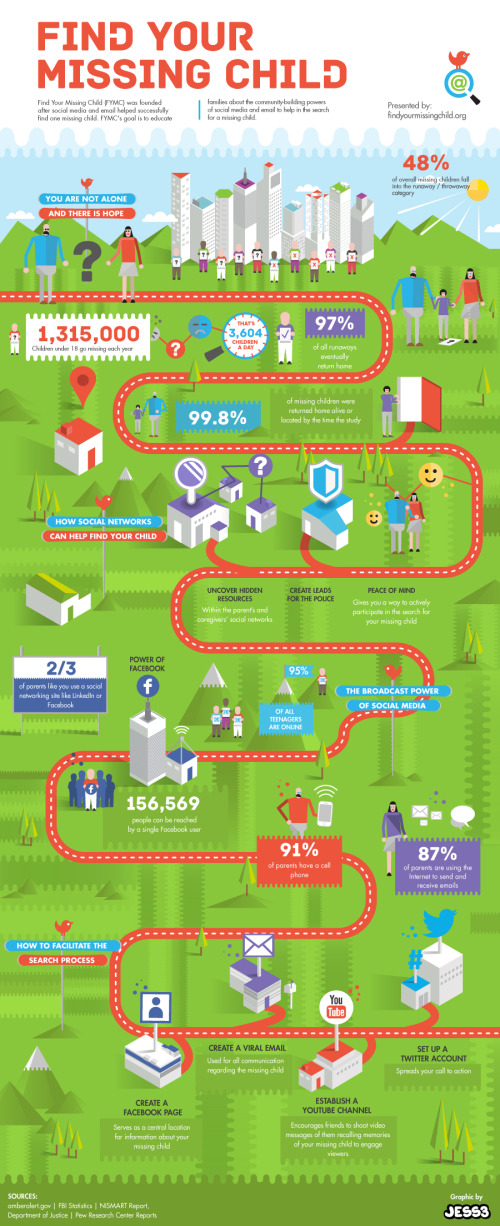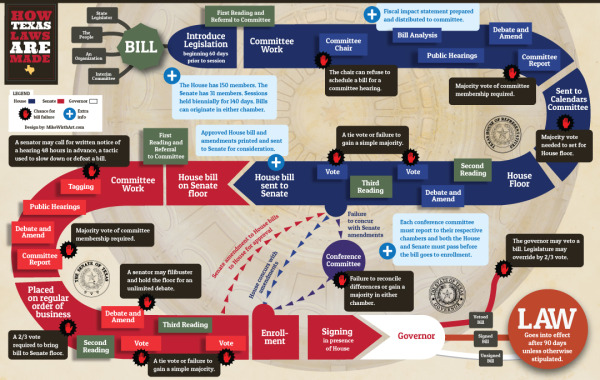I Love You in 130 Languages
Fun design for Valentine’s Day from GlobalNova. The I Love You Map, shows the phrase “I Love You” translated into 130 different languages and positioned on the map based on the primary language spoken in that country or region of the world.
When setting out on any language-related project, one can count on unexpected discoveries and changing perspectives. Our World Valentine project seemed simple to me at the outset – just map ‘I love you” in 100 or so languages onto a world map. I thought of it pretty simply as a Valentine card for my wife.
But the real blow landed in choice of languages. Setting out with no goal beyond rendering a selection of languages geographically, I quickly wandered into a thicket. Where did Mongolian go? And many others? Were we bounded by chance and limited space, or less forgivably prey to political naiveté?
Here is the design also in Black:

Thanks to Matt for sending it the link!


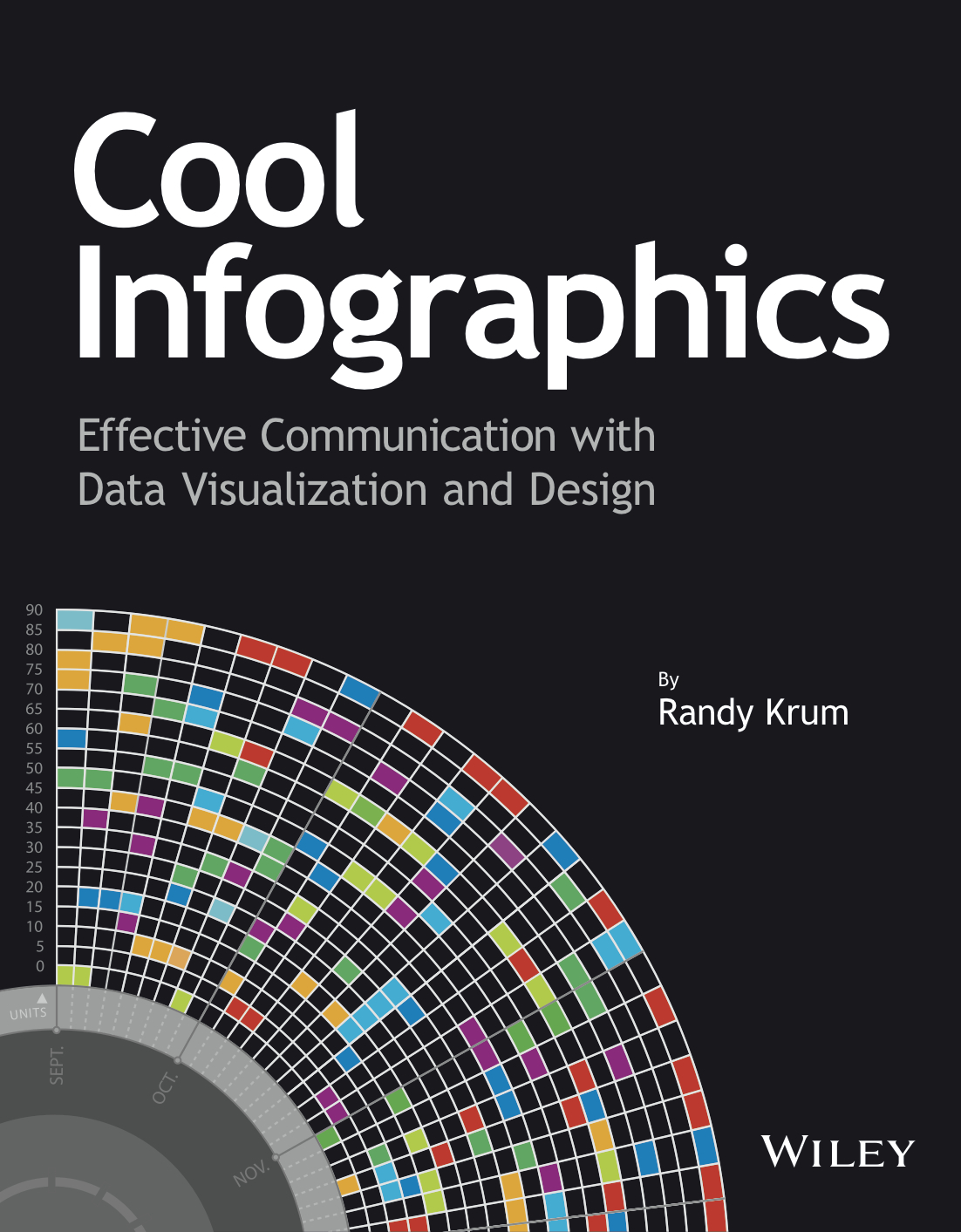






 Randy
Randy

